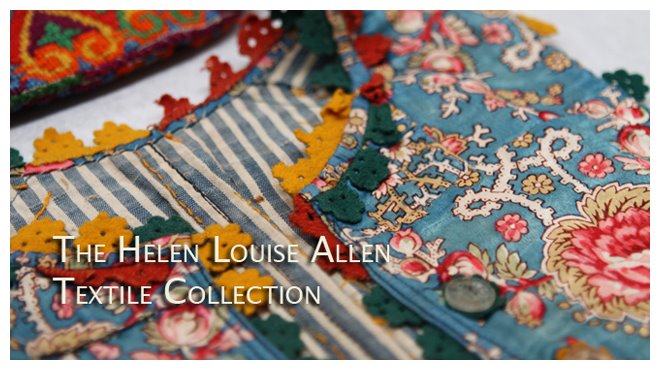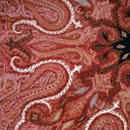
While packing some of our costume collection this past week, Laura noticed some debris in the pocket of the piece she was working with. Upon further inspection, we discovered it was tobacco left behind by the previous owner/wearer. The tobacco had likely been in the pocket for over 30 years! The piece was isolated from the Collection while we inspected it for any signs of insect infestation. After determining that there were no insects, the tobacco and a few scraps of cigarette packaging were cleaned off of the piece.
The coat, HLATC BCC27, is a pink leather Bonnie Cashin design created in collaboration with Philip Sills. Bonnie was an American designer, well known for her work for Coach, where she introduced the metal fasteners which you often associate with Coach products. You can see examples of the metal hardware she is so well known for on this jacket, which dates to the 1970s. Learn a little more about Bonnie in this great post on the FIDM museum blog.













